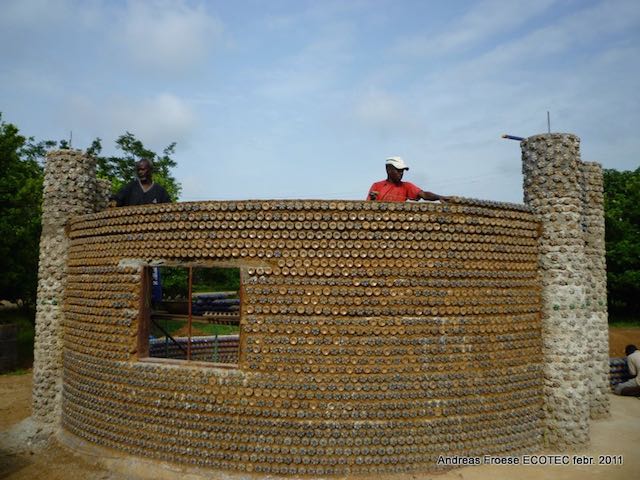New Mexico-based Santa Fe Natural Tobacco Co., the maker of Natural American Spirit cigarettes, is teaming up with TerraCycle Inc. for the program. It aims to snuff out one of the most littered items in the U.S. that yields about 135 million pounds of cigarette butts annually and get tossed on roadways, thrown in the trash or put in public ashtrays.
“You don’t have to walk or drive very far to see that smokers often discard cigarette waste in ways that litter the environment,” Santa Fe’s head of sales and marketing, Cressida Lozano, said in a statement. The cost of the company’s sponsorship that will be officially announced Thursday was not disclosed.
Through the Cigarette Waste Brigade program, organizations as well as people over the age of 21 can collect cigarette waste and send them to TerraCycle through a prepaid shipping label. Once received, participants will get credits that will be donated to Keep America Beautiful, a nonprofit community action and education organization. They’ll receive about $1 per pound of litter, which equals about 1,000 cigarette butts.
TerraCycle, based in Trenton, N.J., will then recycle the filters into pellets used to make a number of items, including ashtrays. The paper and tobacco also will be composted. The company took nearly two years to develop the process to recycle cigarette butts, which are comprised of paper, tobacco, ash, and a filter made from cellulose acetate.
TerraCycle CEO and founder Tom Szaky said the program provides a solution for the filters that are properly disposed of in an ashtray or can, but still end up in a landfill.
Szaky said that the company is committed to “recycling waste that others deem worthless or unsavory.” Recycling cigarette litter will promote the idea that “everything can and should be recycled,” he said.
Cigarette waste accounted for 38 percent of all U.S. roadway litter, according to a 2009 study done by Keep America Beautiful.
The study also found that cigarette butts were the most common litter item collected at sites including retail areas, storm drains, loading docks, construction sites and recreational areas.
Additionally, more than 1 million cigarettes or cigarette butts — enough to fill nearly 58,000 packs — were removed from American beaches and inland waterways in 2011 as part of the Ocean Conservancy’s annual one-day International Coastal Cleanup. Cigarette litter represented about 31 percent of the total debris collected, making it the most-found item as part of those efforts.
“Trash is really too valuable to toss, so we need to find alternative ways to up cycle and change trash and repurpose it,” said Nicholas Mallos, a marine debris specialist with group.
In 2003, Keep America Beautiful launched a cigarette litter prevention program, and it has grown to include more than 800 programs in 49 states and Washington, D.C. It was developed with funding from the nation’s largest cigarette maker Philip Morris USA, which is owned by Richmond, Va.-based Altria Group Inc. The program also has received additional funding from Winston-Salem, N.C.-based Reynolds American, maker of Camel and Pall Mall cigarettes.
The new cigarette program builds on other recycling efforts by TerraCycle, which encourages consumers to collect difficult-to-recycle materials through programs funded by companies within specific industries. For example, Frito Lay Inc. funds a program to recycle used chip bags and Kraft Foods Inc. sponsors a program to collect plastic containers from dairy products. For most programs, participants receive credits that can be donated to various charities and causes.












